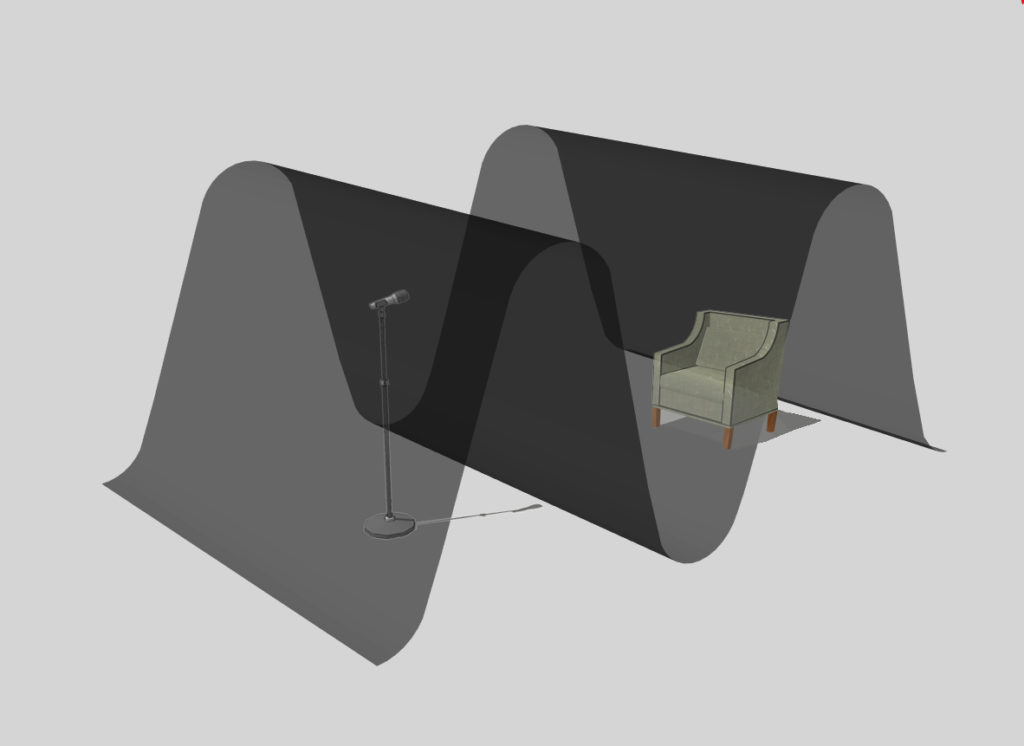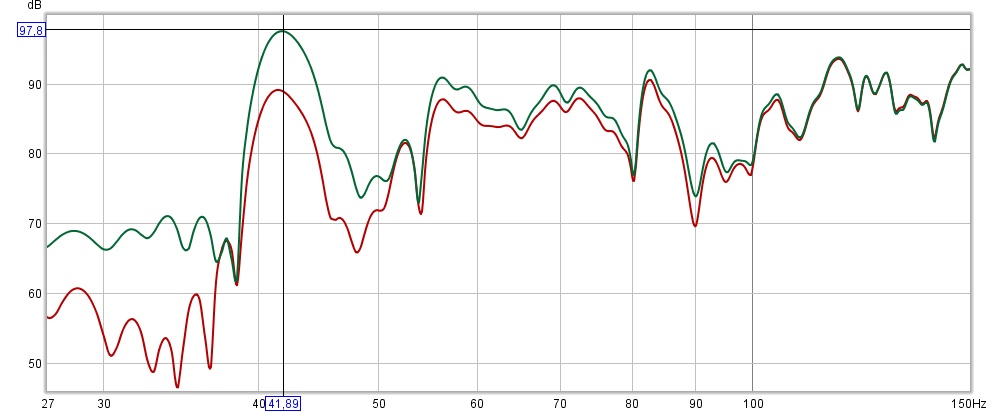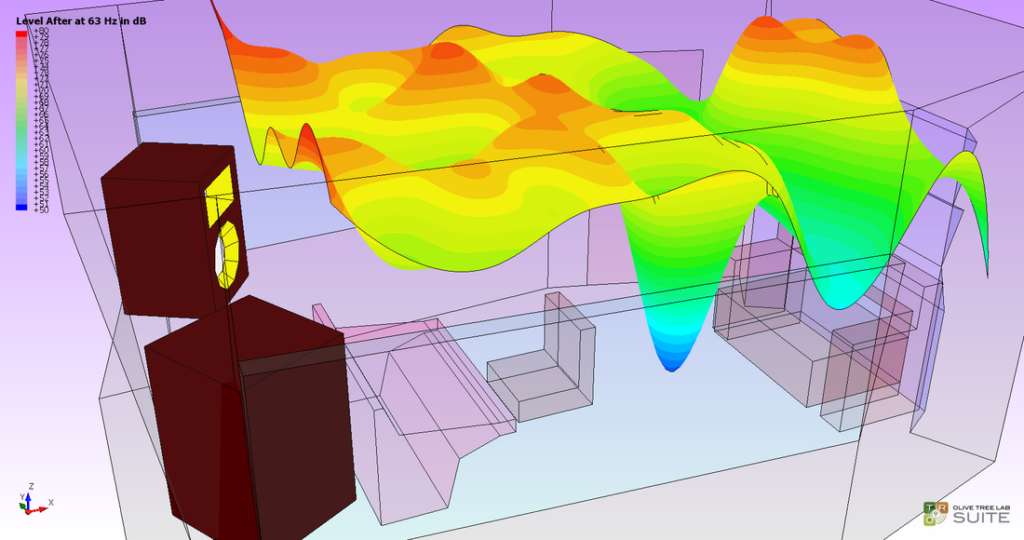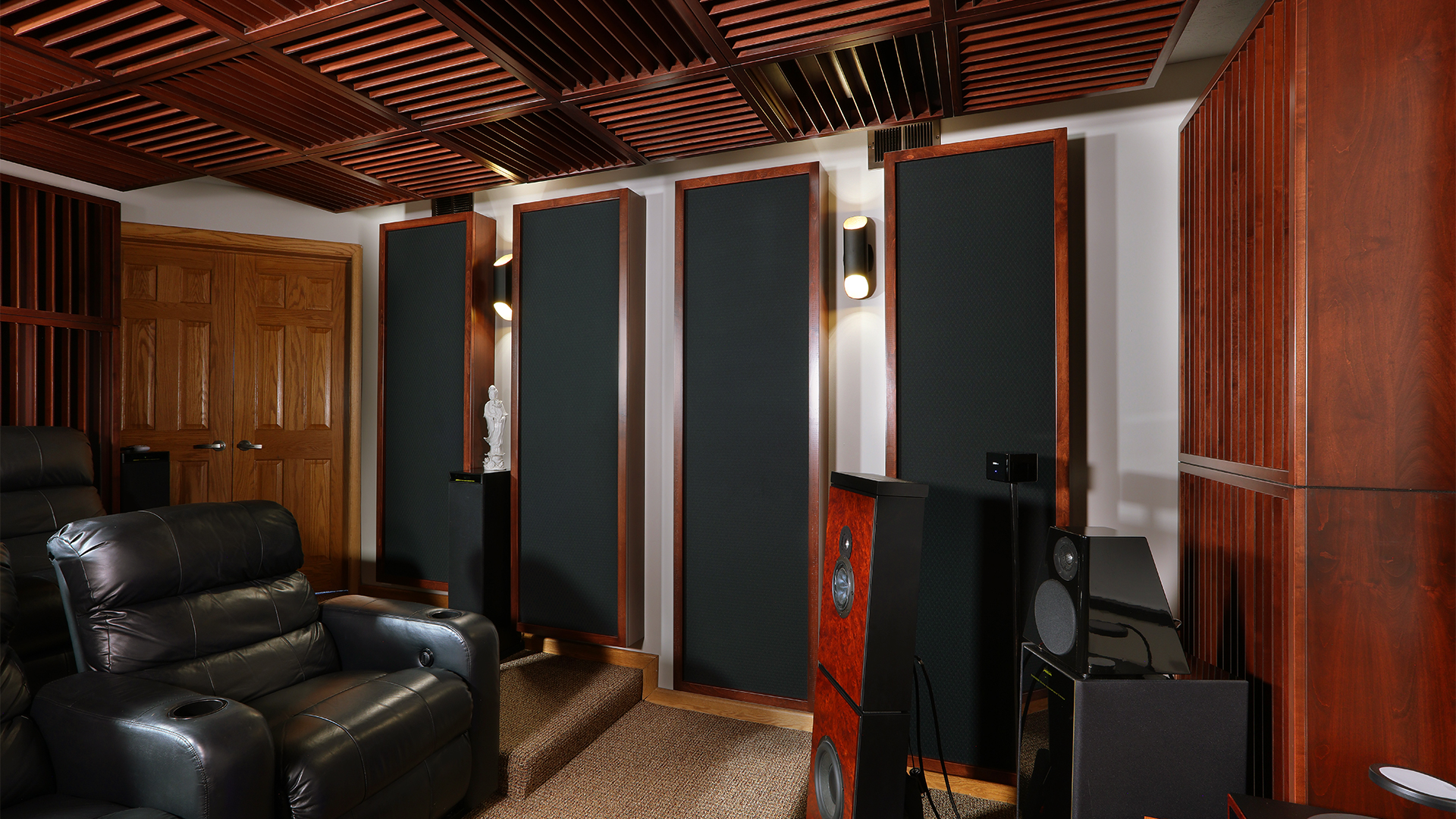
Room modes, also known as standing waves, are a common problem in room acoustics that can negatively impact the sound quality in a room. These waves are caused by the interaction of sound waves with the boundaries of a room, such as walls, floors, and ceilings. They can cause issues such as boomy bass, uneven frequency response, and a lack of clarity in the sound. In this article, we will explore the science behind room modes and how they can be addressed to improve the acoustics of a room.
Understanding Room Modes: How to Improve Room Acoustics
The physics behind room modes is based on the principle of sound wave reflection. When a sound wave strikes a boundary, such as a wall or ceiling, it is reflected back into the room. These reflected waves then combine with the original sound waves to create standing waves. These standing waves occur at specific frequencies, known as resonant frequencies, that are determined by the dimensions of the room.

The most common room modes are known as axial modes, which occur between parallel surfaces, such as the walls, floor and ceiling of a room. Axial modes are determined by the length, width, and height of the room, and they occur at frequencies that are related to the dimensions of the room. For example, in a room that is 12 feet long, the first axial mode will occur at a frequency of around 34 Hz.
Identifying Room Modes: Axial vs Tangential
Another type of room mode is known as tangential modes, which occur between non-parallel surfaces. These modes are determined by the angles and shapes of the room boundaries. A room with a lot of angles, such as a room with many corners, will have more tangential modes than a room with simple rectangular shapes.

Addressing Room Modes: Improving Room Acoustics with Sound-Absorbing Materials
Room modes can have a significant impact on the sound quality in a room. They can cause boomy bass, uneven frequency response, and a lack of clarity in the sound. In some cases, room modes can even cause certain frequencies to be completely cancelled out, resulting in “dead spots” in the room where no sound is audible.
Read more about our Recording Studio Design Service here.
There are several ways to address room modes and improve the acoustics of a room. One common solution is to add sound-absorbing materials, such as acoustic foam or bass traps, to the walls and ceilings of the room. These materials help to absorb and reduce the energy of the standing waves, which can improve the overall sound quality in the room.

Solution for Room Modes: Improving Room Acoustics through Changes in Shape and Material
Another solution is to change the shape or dimensions of the room, such as by changing the angles of walls or adding or removing walls. This can also change the resonant frequencies of the room and reduce the impact of room modes. At Acoustic Fields, we have programs that can assist you with the treatment of all axial, tangential, and oblique modes.
In conclusion, room modes, also known as standing waves, are a common problem in room acoustics that can negatively impact the sound quality in a room. They are caused by the interaction of sound waves with the boundaries of a room, such as walls, floors, and ceilings. There are several ways to address room modes, including adding sound-absorbing materials and changing the shape or dimensions of the room, which can improve the overall sound quality in the room.








The discussion on ductwork noise transmission from Acoustic Fields highlights crucial aspects of HVAC system acoustics. The movement of air…
Great build plans. thank you Denis
You must use absorption. Never place a chair against a wall.
A friend and I built several diffusors using these plans and they turned out absolutely beautiful. Very good instructions and…